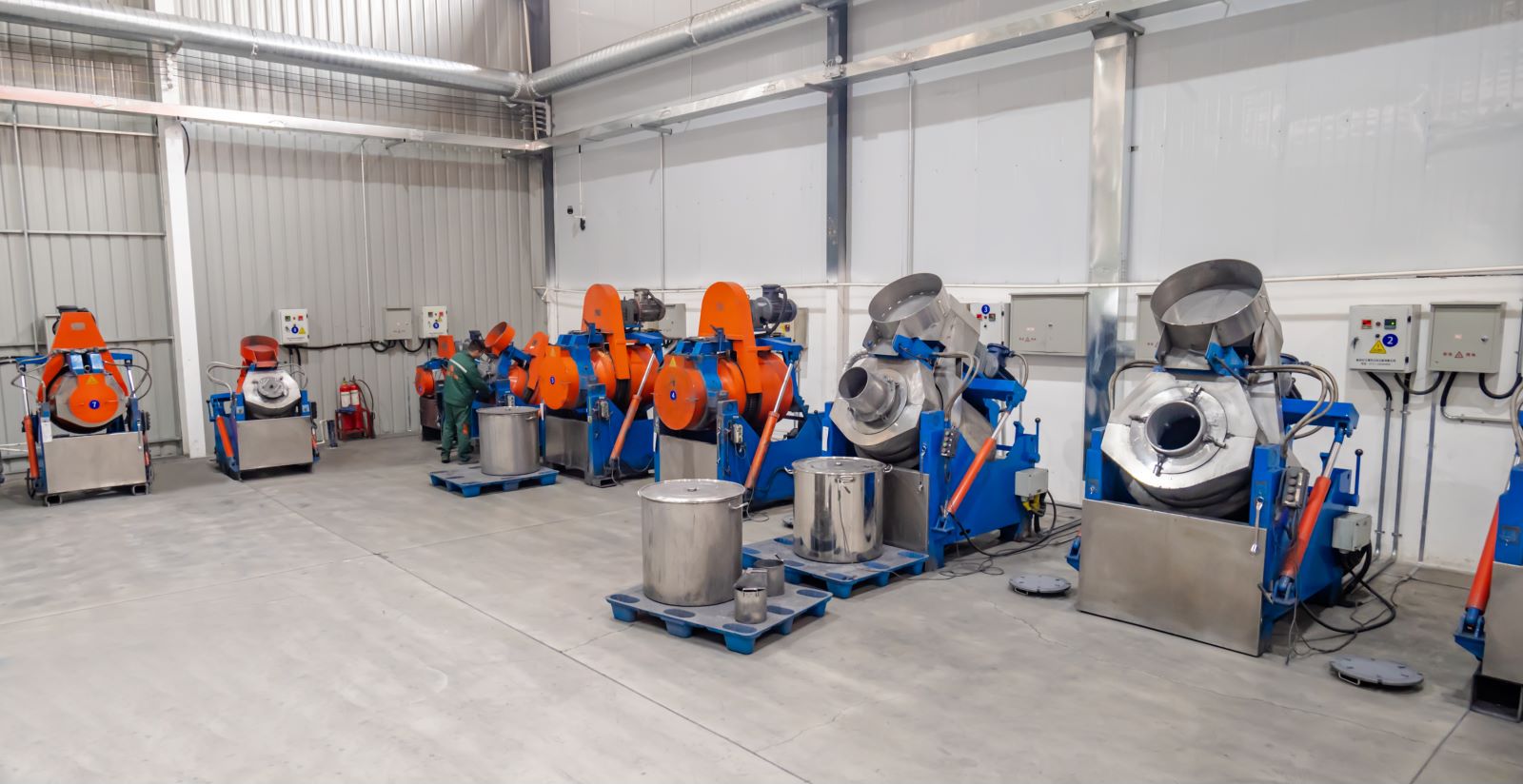-
Make a Call : +8618034073113
-
Get A Estimate : hengrui@hrcarbide.cn
Make a Call : +8618034073113
Get A Estimate : hengrui@hrcarbide.cn
Product analysis
• First, the shape, dimensional accuracy requirements, material properties, etc. of the cold forging product must be clarified. For example, if the product is a bolt with a complex shape, its head shape and the preforming method of the threaded part must be considered. In terms of material, if it is high-strength alloy steel, the strength and wear resistance of the die must be better.

Mold structure design
• Working part design: including punch and die. Carbide Cold Forging DiesThe shape of the punch must be adapted to the shape of the product head. For example, when producing rivets, the top of the punch is designed to be a corresponding semicircular head shape. The cavity size accuracy of the die must be high, and the smoothness of metal flow must be considered. The inner wall must have a suitable roughness to ensure the surface quality of the product.
• Unloading device design: used to unload the formed workpiece from the die. Common ones are rigid unloading plates and elastic unloading plates. The elastic unloading plate can provide a certain pressing force, which is suitable for cold forging of thinner materials to prevent the material from shifting during the forging process.
• Guide device design: To ensure the precise alignment of the upper and lower dies, Carbide Pellets a guide pin and guide sleeve structure is generally used. There should be an appropriate matching gap between them. If the gap is too small, the guide part will wear quickly, and if it is too large, it will affect the guiding accuracy of the die.
Die material selection

• The materials of key components such as punches and dies should have high hardness, high strength and good wear resistance. For example, cemented carbide or high-speed steel can be used. Cemented carbide has good wear resistance, but the cost is high; high-speed steel has good toughness and can withstand certain impact loads.
Determination of die gap
• The gap between the punch and the die has a great influence on the quality of the cold heading. If the gap is too small, the die will wear more and the surface quality of the part will be poor; if the gap is too large, the dimensional accuracy of the part will be reduced and burrs will be generated. The size of the gap is usually determined according to the thickness and properties of the material.